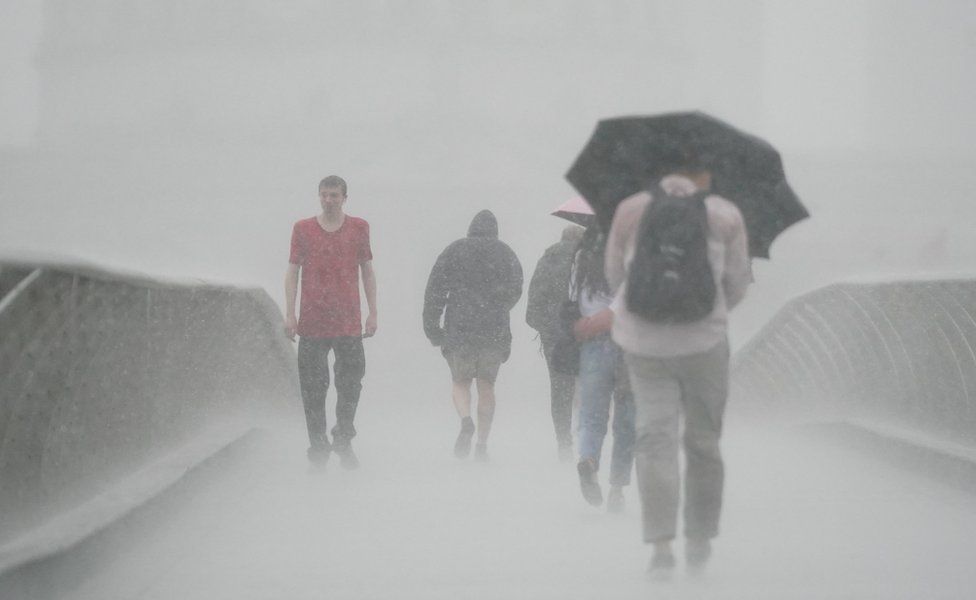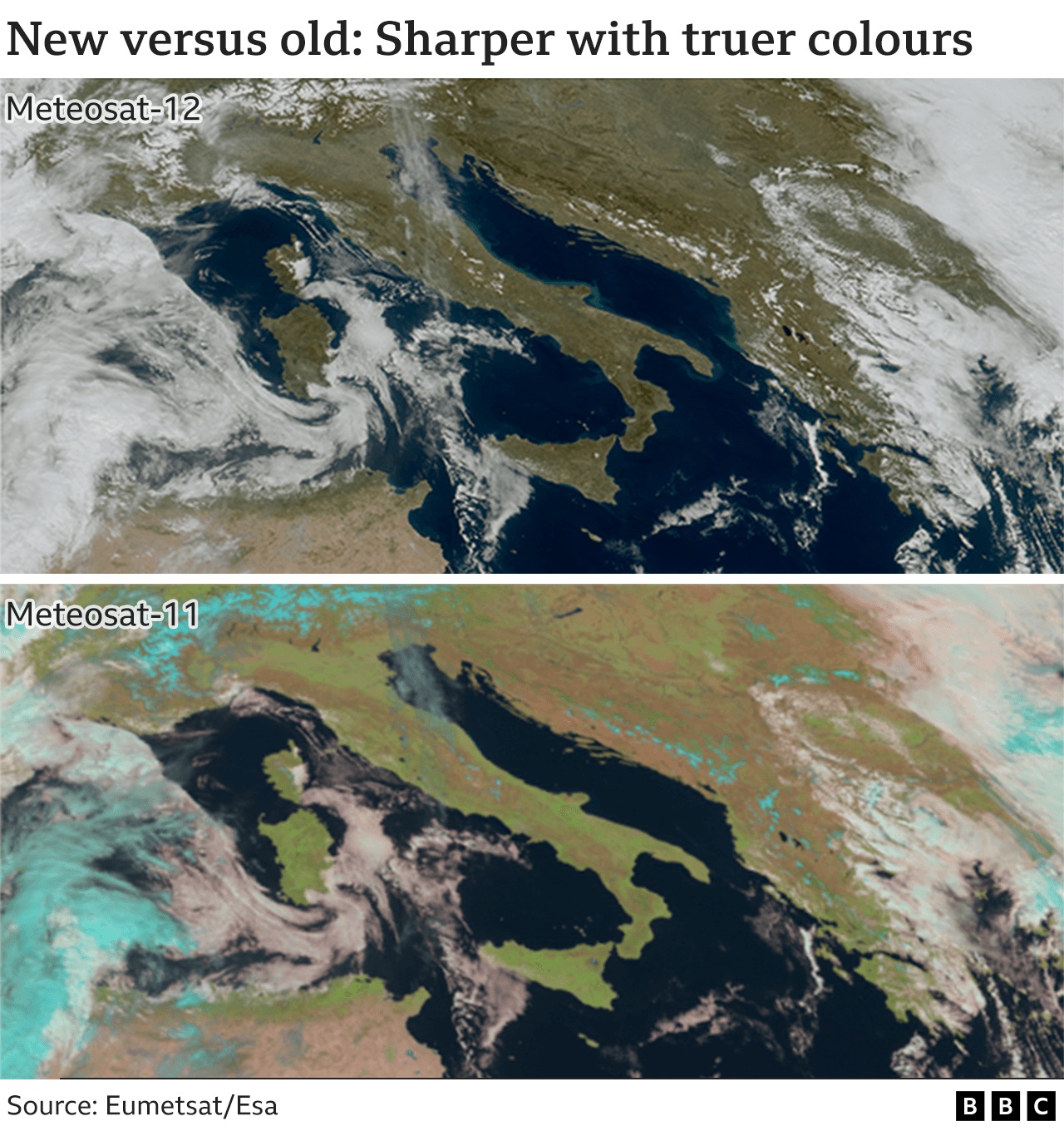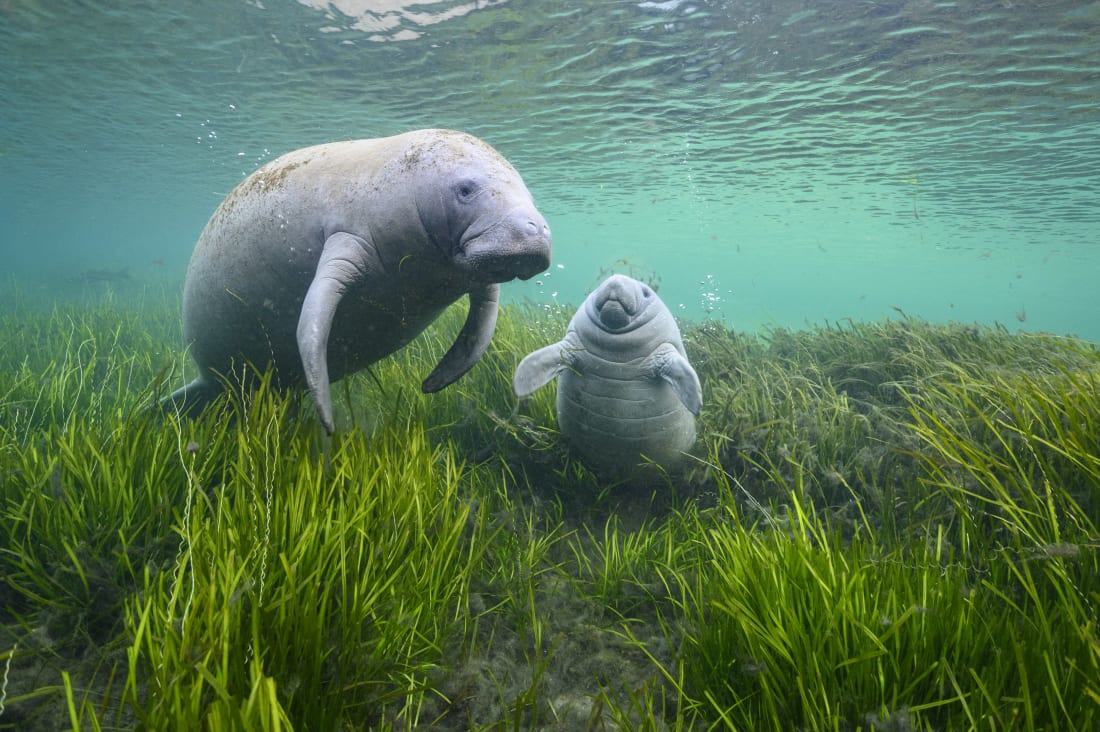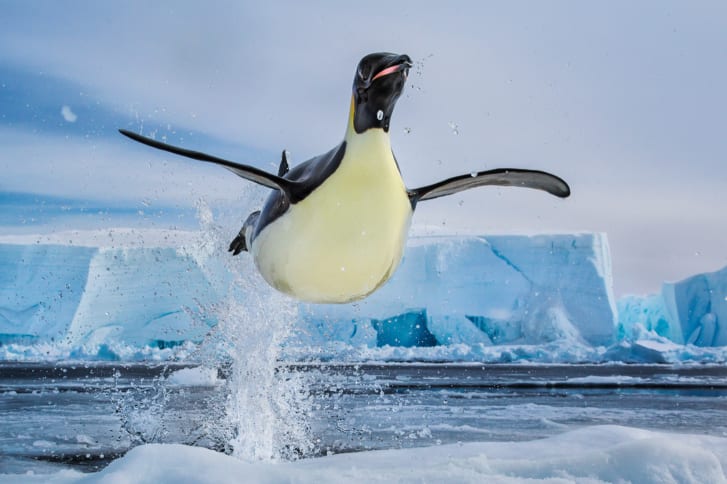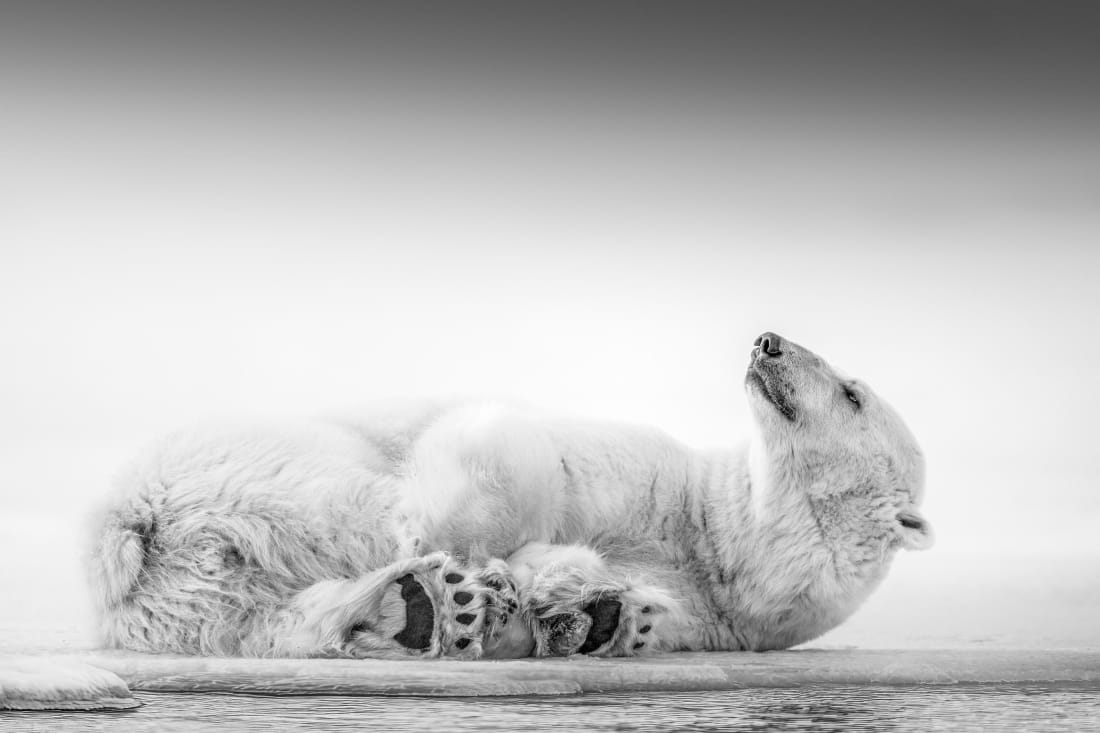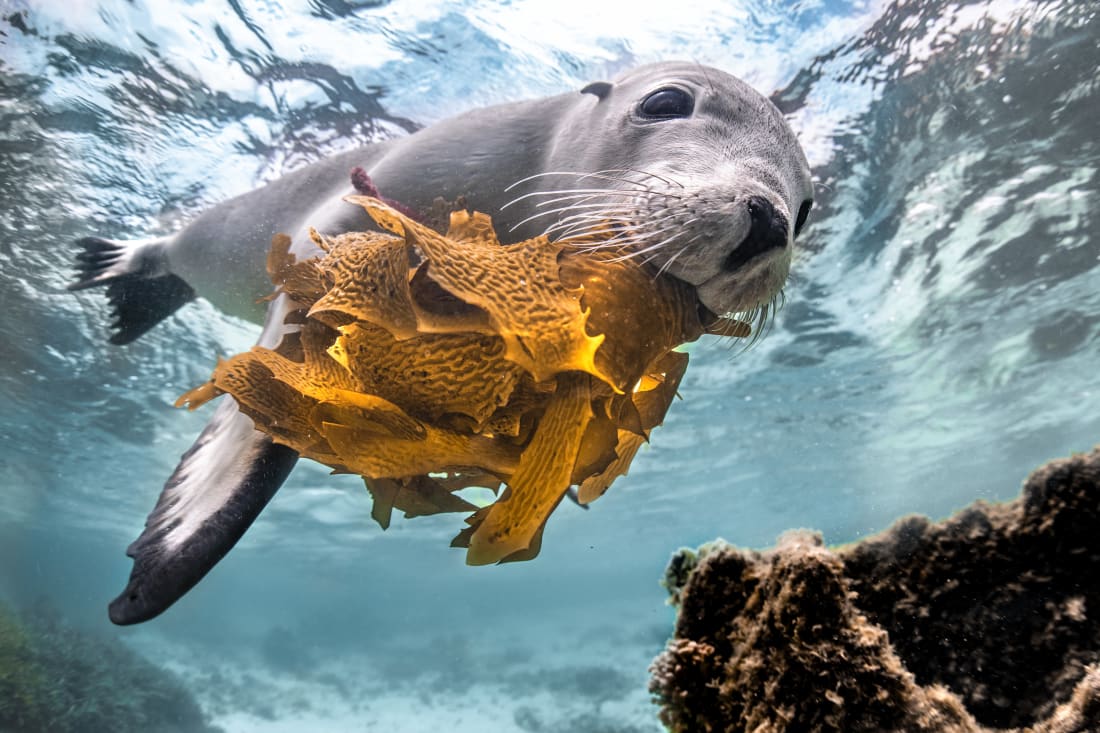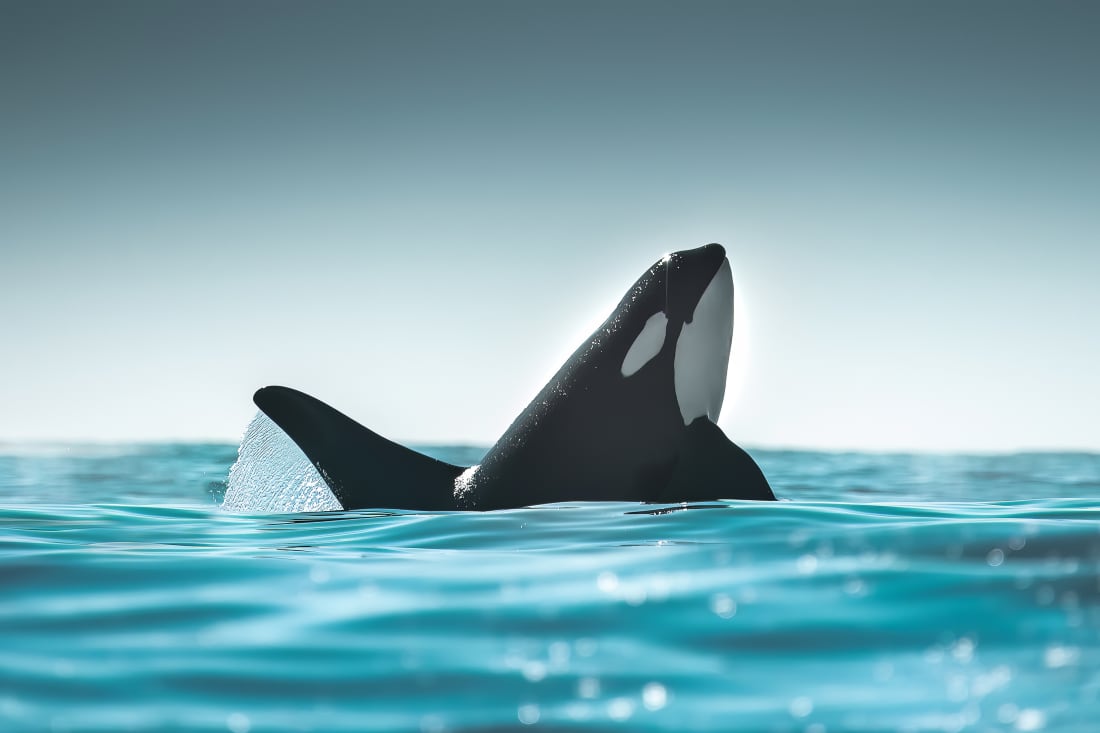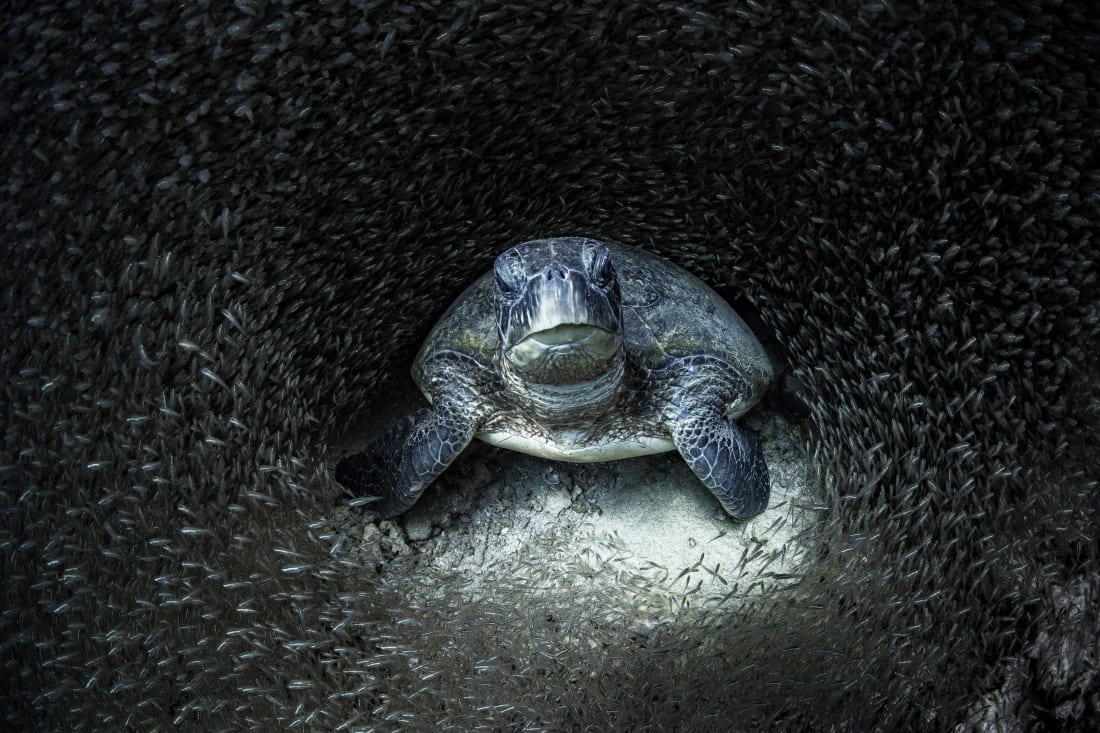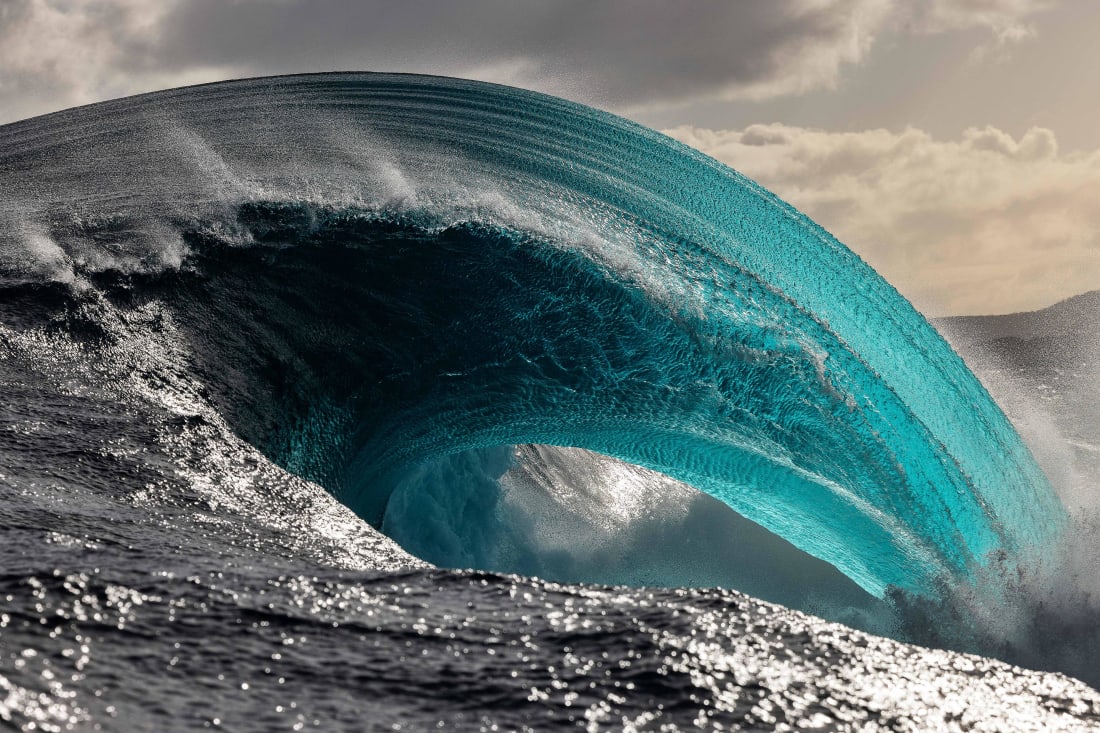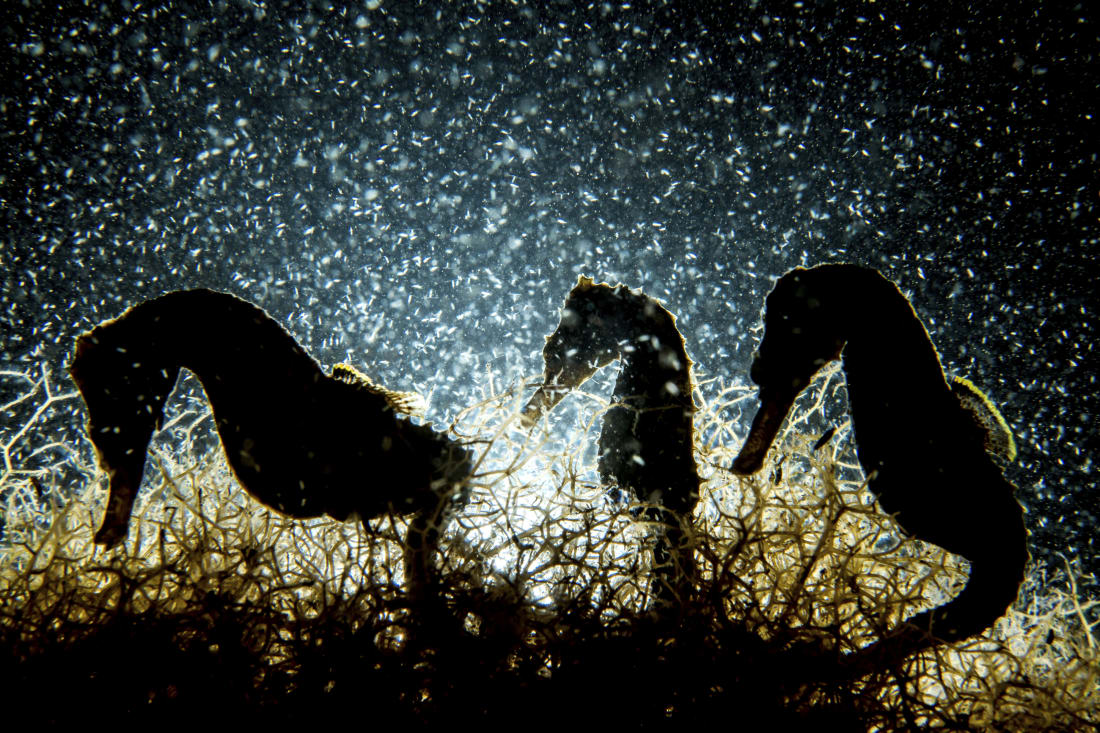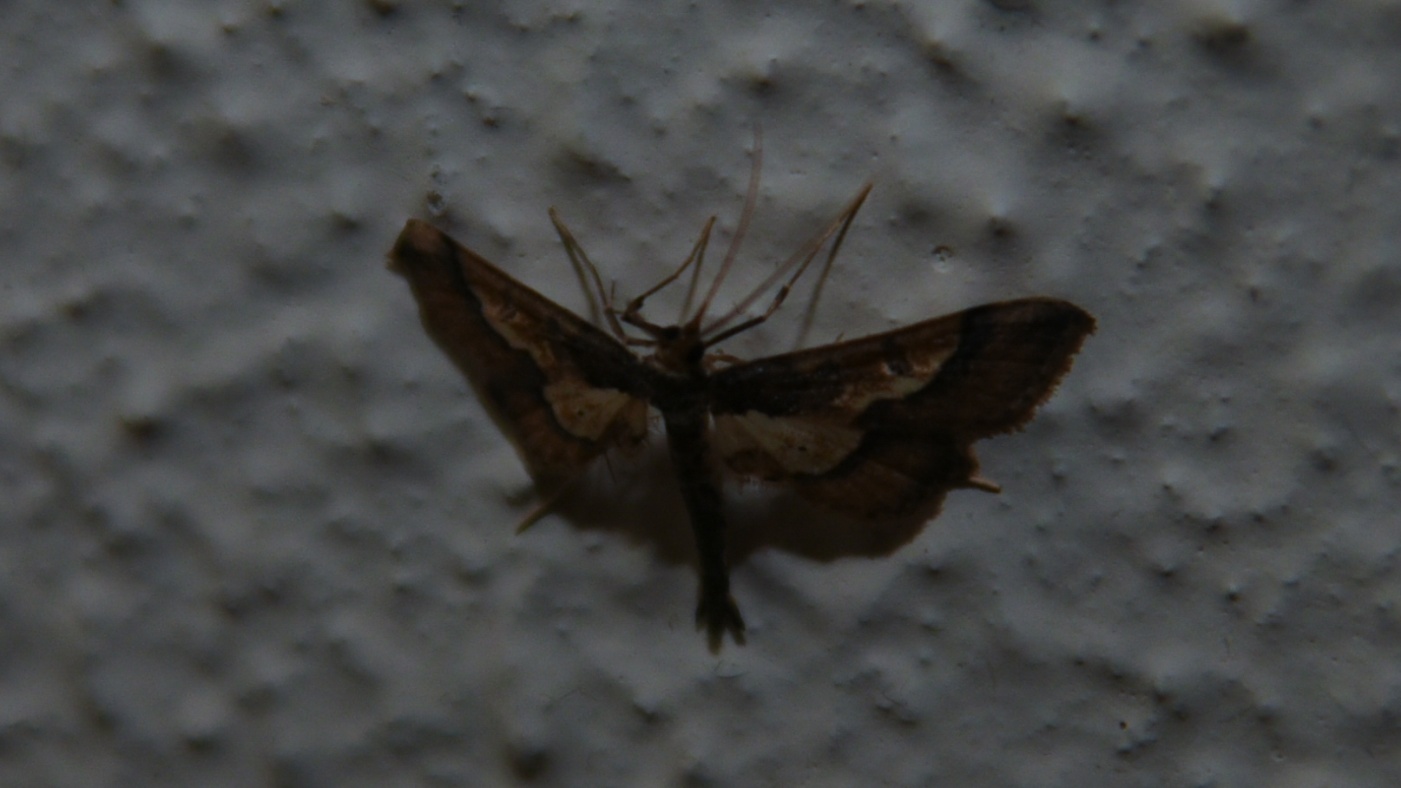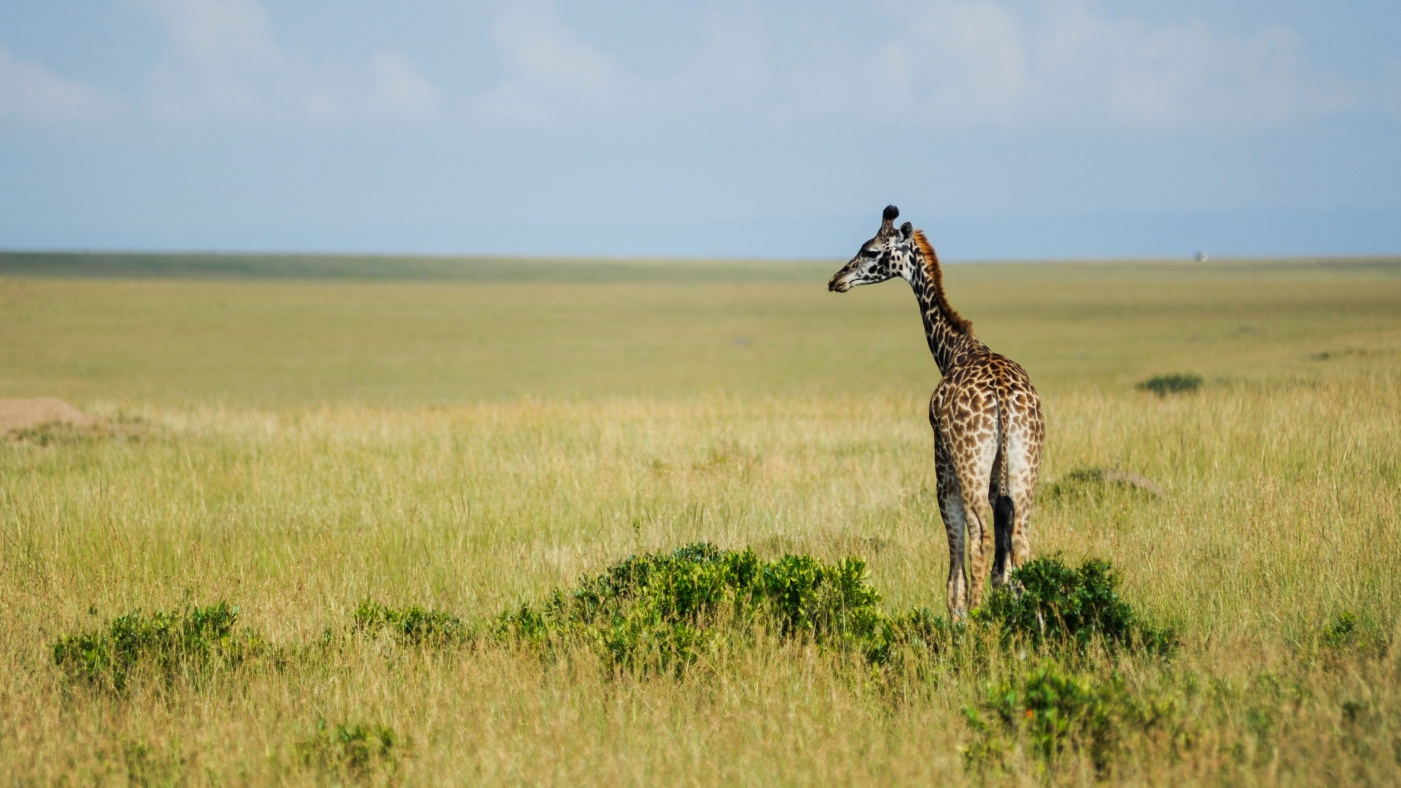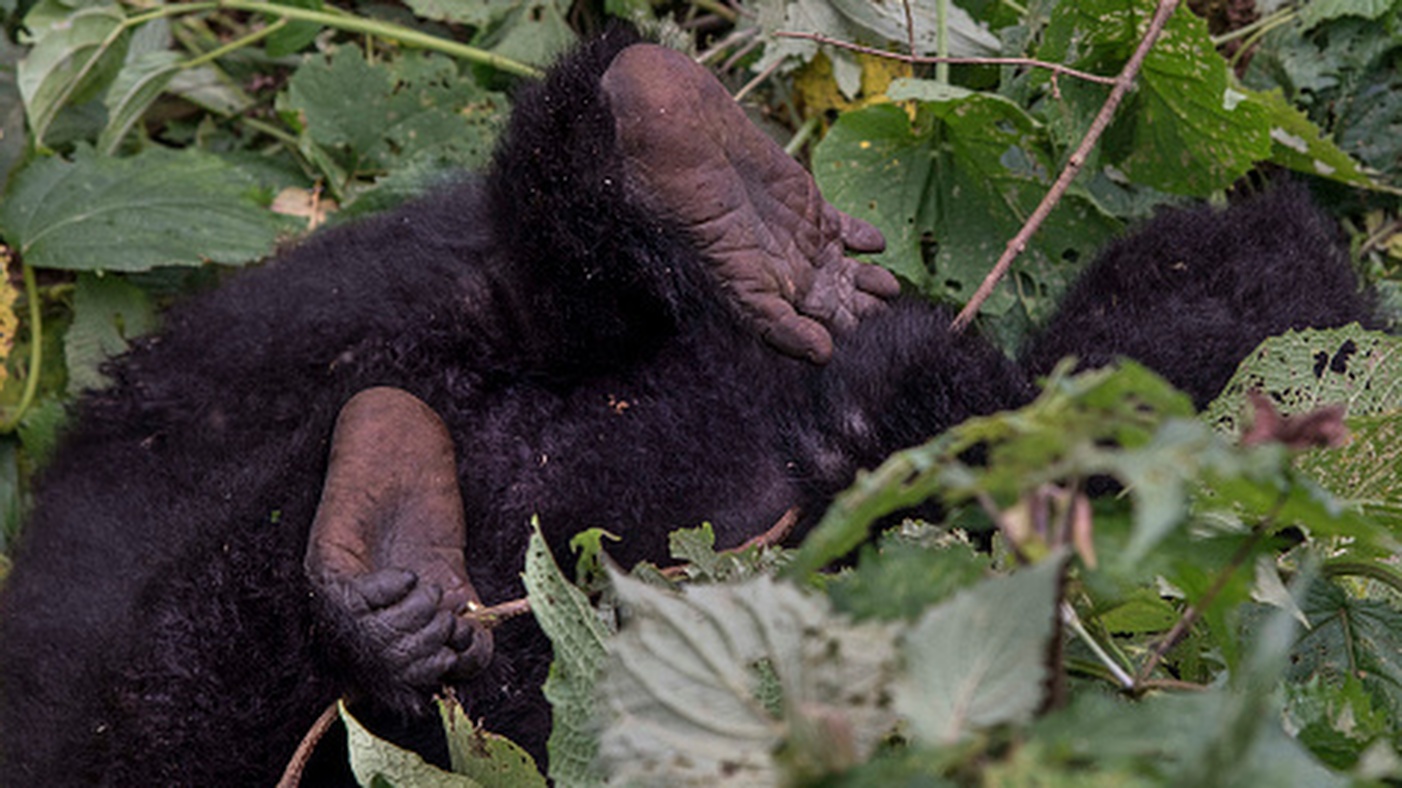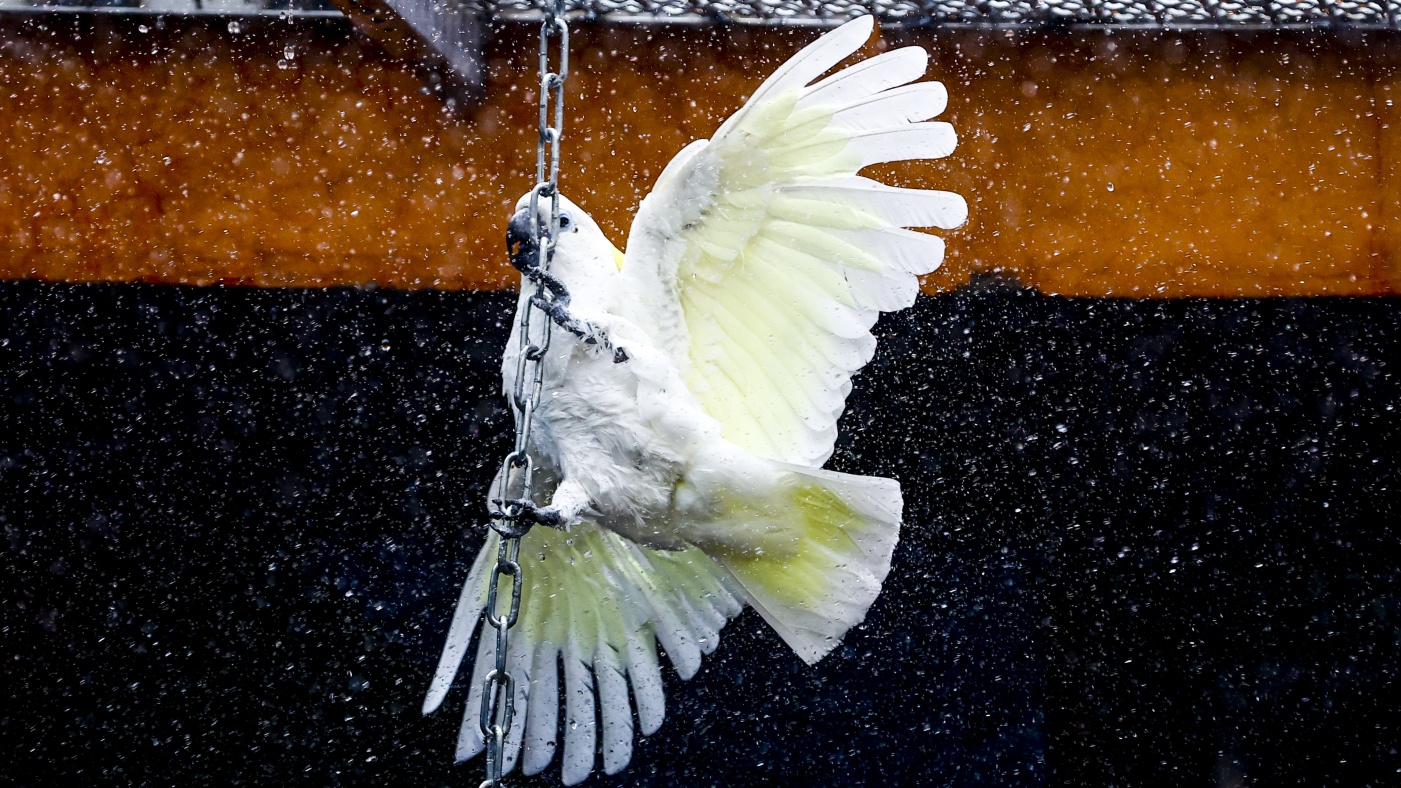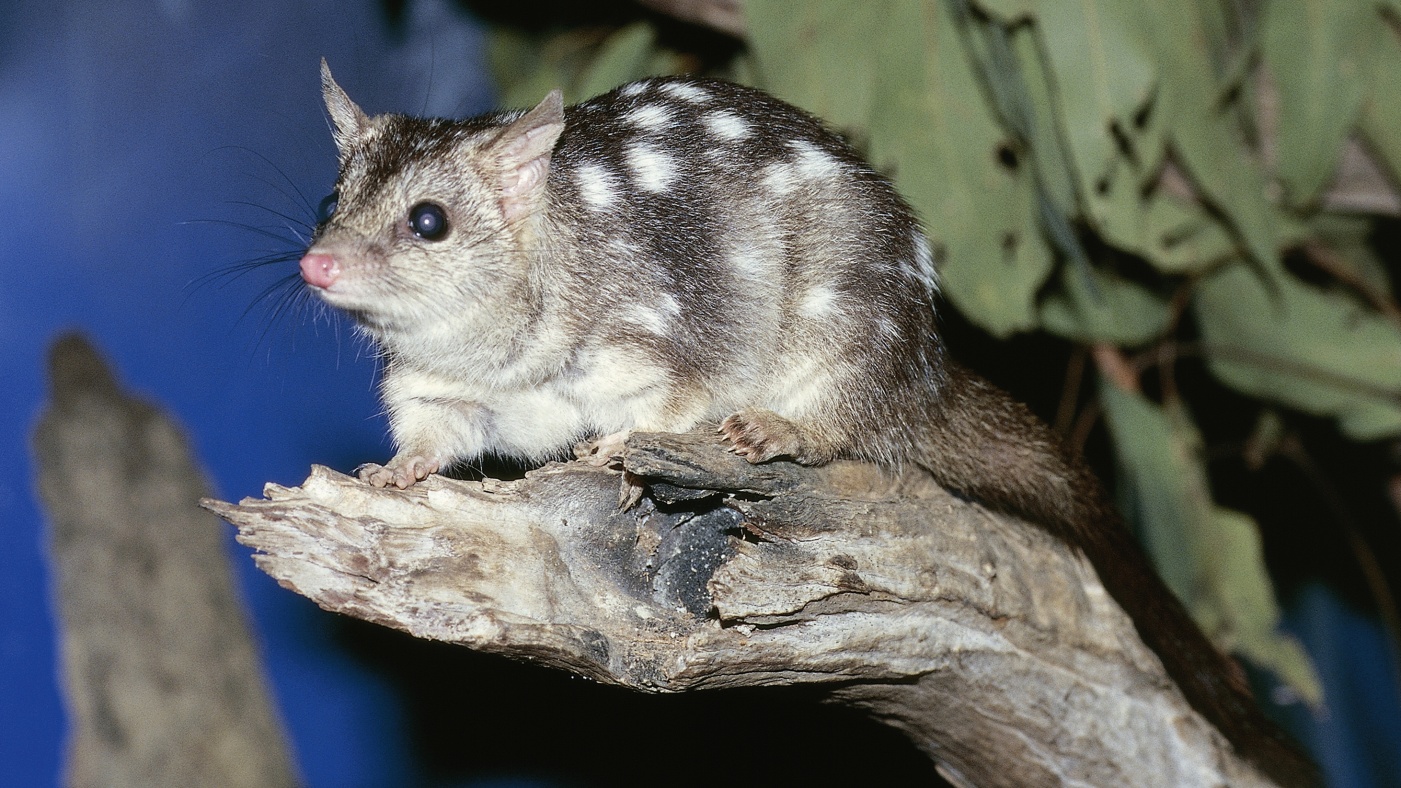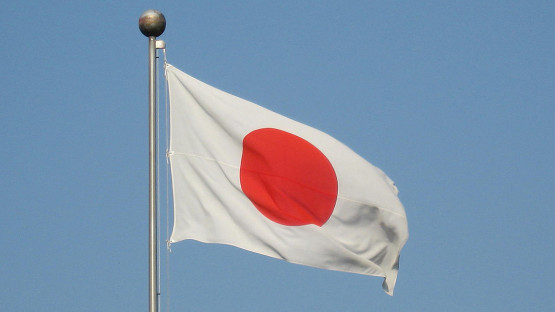This legislation is going to make some traffickers very happy
Lauren Crosby Medlicott
28 March 2023,

Rishi Sunak speaks on the Illegal Migration Bill |
Leon Neal/Getty Images. All rights reserved
Today, members of Parliament will debate the trafficking-related changes proposed under the Illegal Migration Bill. The bill was first presented in early March as a way to “prevent and deter unlawful migration”. If passed, it will give the government the power to deny both asylum and protection under the human trafficking and modern slavery system to anyone entering the UK via irregular or “illegal” routes.
Charities and organisations in the asylum sector have condemned the bill as the “Refugee Ban Bill”, and more than 300 academic experts have signed a letter saying the policy is not “evidence-based, workable, or legal under human rights law”. A second letter, signed by nearly 50 NGOs, outlines how the bill’s removal of protection for a large swath of trafficking victims will “cost lives” and “inflict harm on survivors”.
“The [bill’s] primary impact is going to be that modern slavery victims who arrive through routes that the UK government deem as irregular will be banned from accessing support,” Jamie Fookes, of Anti-Slavery International, told openDemocracy.
A flawed system now in danger of breaking
The National Referral Mechanism is the government’s system for formally recognising and supporting trafficking victims in the UK. It is the only way to receive this status. People cannot submit an application to the NRM – they must be referred by so-called first responders, such as the police, Border Force, local authorities, and select charities. In 2022, the NRM received nearly 17,000 referrals.
The current administration has argued that the size of this number demonstrates “an alarming rise of abuse within the modern slavery system”. No evidence of abuse has been made public to support this claim, and many organisations – including the government’s own Office of Statistics Regulation – have called on the Home Office to stop repeating it until it such evidence can be provided. The fact that 90% of trafficking claims receive a positive final decision from the Home Office casts further doubt on the suggestion that the NRM is teeming with false claims.
Traffickers will have the perfect leverage to hold over their victim
If the Illegal Migration Bill passes, it is likely that many genuine victims will be denied support. Say, for example, that someone is picked up by the Border Force shortly after crossing the English Channel by boat. “That person would be immediately detained as far as we can tell,” said Fookes. “They will start processing that person’s removal regardless of if they’ve been trafficked or not.”
This is not only a breach of human rights, Fookes said, but a logistically unworkable plan.
“The UK Government doesn’t have any [relevant] return agreements,” he said. It “People will be detained indefinitely. We’ll end up with some kind of long-term detention system. And right now, we don’t have that level of detention capacity, so there will be widespread destitution of migrants and refugees. Not only is the idea of removal incredibly cruel, but there just isn’t the infrastructure to do it.”
The groundwork for more exploitation
The 50 NGO signatories of the open letter are further worried that this legislation will drive modern slavery underground by removing survivors’ ability to report trafficking and access help. Fookes agreed. “It’s a boon for traffickers,” he said. “They’ll have the perfect leverage to hold over their victim.”
Traffickers, Fookes explained, will from now on be able to threaten victims with detention and deportation if they go to the authorities. “Victims essentially aren’t going to be able to say they are a victim of crime, because if they do, and say they entered the UK irregularly, then immigration enforcement kicks in,” he said. “The government will have a duty to block them from accessing support.”
“[Traffickers] will be able to exploit that position very efficiently,” he said.
We are going to have a lot of missing 17-year-olds
Children are at particular risk. At the moment, any child who arrives in the UK unaccompanied is taken into the care of local authorities, to be looked after in the same way that any other child in care would be. When these children exit care at 18, they are given access to care leavers’ support until the age of 25.
That future could look very different if this bill passes in its current form. “Once a child turns 18, the bill will kick in and apply to them,” Lauren Starkey, an independent social worker working with trafficked, unaccompanied asylum-seeking children, told openDemocracy.
“Children’s legislation all says we have a duty and responsibility towards care leavers,” Starkey said. “This bill removes that provision for children who arrived in the country irregularly. Any other child who enters the UK care system will be eligible for leaving care support, but unaccompanied asylum-seeking children who arrive by boats or lorries won’t. They’re creating a two-tiered care system where some children get leaving care support and others don’t. It goes against the principles of social work.”
Starkey predicted that many children who arrive irregularly will find a way to disappear in order to avoid being detained and deported on their 18th birthday. “We are going to have a lot of missing 17-year-olds,” she said. “Those children will be extremely vulnerable to exploitation and modern slavery. Gangs wait for them.”
Starkey said she and her fellow social workers aren’t sure how they are going to proceed on a professional level if this new legislation moves forward. “Our primary responsibility is to make children safe,” she said. “I’m a registered social worker and have made a commitment to the children I work with to safeguard and protect them. But I work in a country where my own government is working against those principles. It’s a difficult position to be in.”
The police, who are responsible for investigating modern slavery and human trafficking claims, will also be put in a difficult position by this legislation.
“Policing has already been struggling because of the complexity of modern slavery,” said Phil Brewer, former head of the Met’s modern slavery unit. “It has always been quite a specialist crime to investigate. It’s about to get more complex. It’s going to disadvantage victims because it is going to make things far more difficult to navigate.”
Under the bill, if an officer were to discover someone had arrived irregularly, they would be required to detain them. “I’d be massively surprised if they made the caveat for people who make an allegation of crime,” said Brewer. “That they would then be treated as a victim before considering their immigration status. It’s just not going to happen in the government’s narrative as it stands.”
Brewer went on to say that he thinks the police will feel torn between adhering to the new rules and following current police guidance on sharing information with immigration enforcement, which says to treat someone who reports a crime first and foremost as a victim.
“You can tell a lot about a society by how it treats its most vulnerable,” concluded Fookes. “It’s not a good look for the UK. It’s a dark day for the UK’s claim to be a country which in any way respects human rights. It’s an abandonment of international duty, and an abandonment of being a nation that respects law and rules and human rights.”


